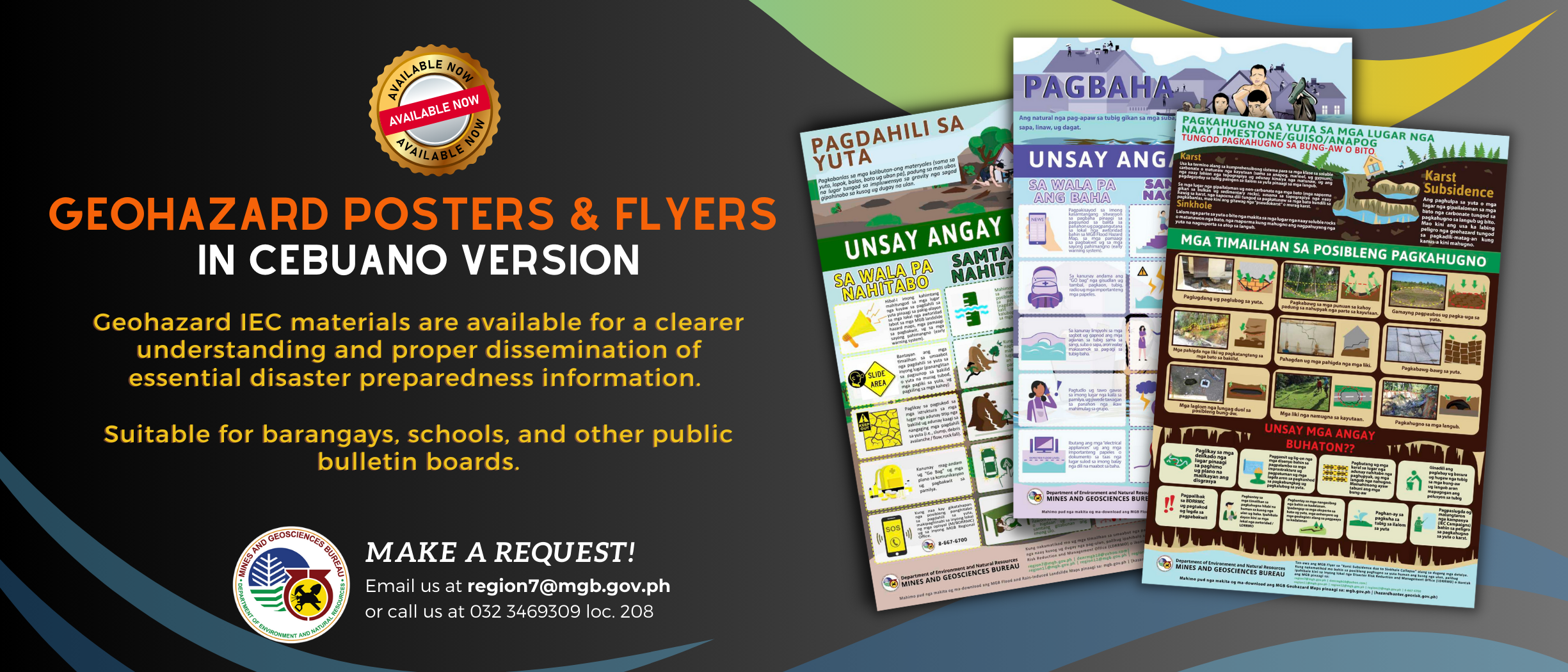The Mines and Geosciences Bureau (MGB) 7 is conducting a densification or rain-induced geohazard assessment covering 133 barangays in five cities and municipalities in Cebu province.
“The densification project is actively pursued to come up with geohazard maps using a scale of 1:10,000 to show more details or magnify critical areas,” said MGB 7 Regional Director Loreto B. Alburo
The densification of geohazard and climate change maps is among the major projects to be implemented this year by the Mines and Geosciences Bureau (MGB) of the Department of Environment and Natural Resources (DENR).
A team of geologists composed of Maria Elena S. Lupo, Josephine T. Aleta, and Abraham R. Lucero Jr. conducted the said assessment.
Of the 133 barangays in Cebu province, Toledo City had the most number of barangays of 38, followed by Naga City with 28, Pinamungahan with 26 barangays, Talisay City with 22 and Minglanilla with 19 barangays.
“This is somewhat an enhanced or improved production or version of geohazards maps as we will be providing more details on the geohazards present or observed during the assessment which cannot be represented in the 1:50,000-scale,” he said.
“Our team will assess the different sitios in each barangay at the same time identify possible relocation sites,” he said.
Among the details that can be found in a 1:10,000-scale geohazard map include parameters or features in the area that may affect ground stability and the type of landslides that can possibly occur in the area.
In a related development, Alburo added that geohazards maps in a 1:50,000-scale could now be accessed and downloaded through the MGB 7 website, mgb7.cvis.net.ph/mgb.
Along with the site assessment, an intensive information and education support and training not only local officials but also members of affected communities will be undertaken.
To recall, MGB-7 completed in 2010 the 1:50,000-scale rapid geohazards assessment covering 3,003 barangays in Central Visayas.






